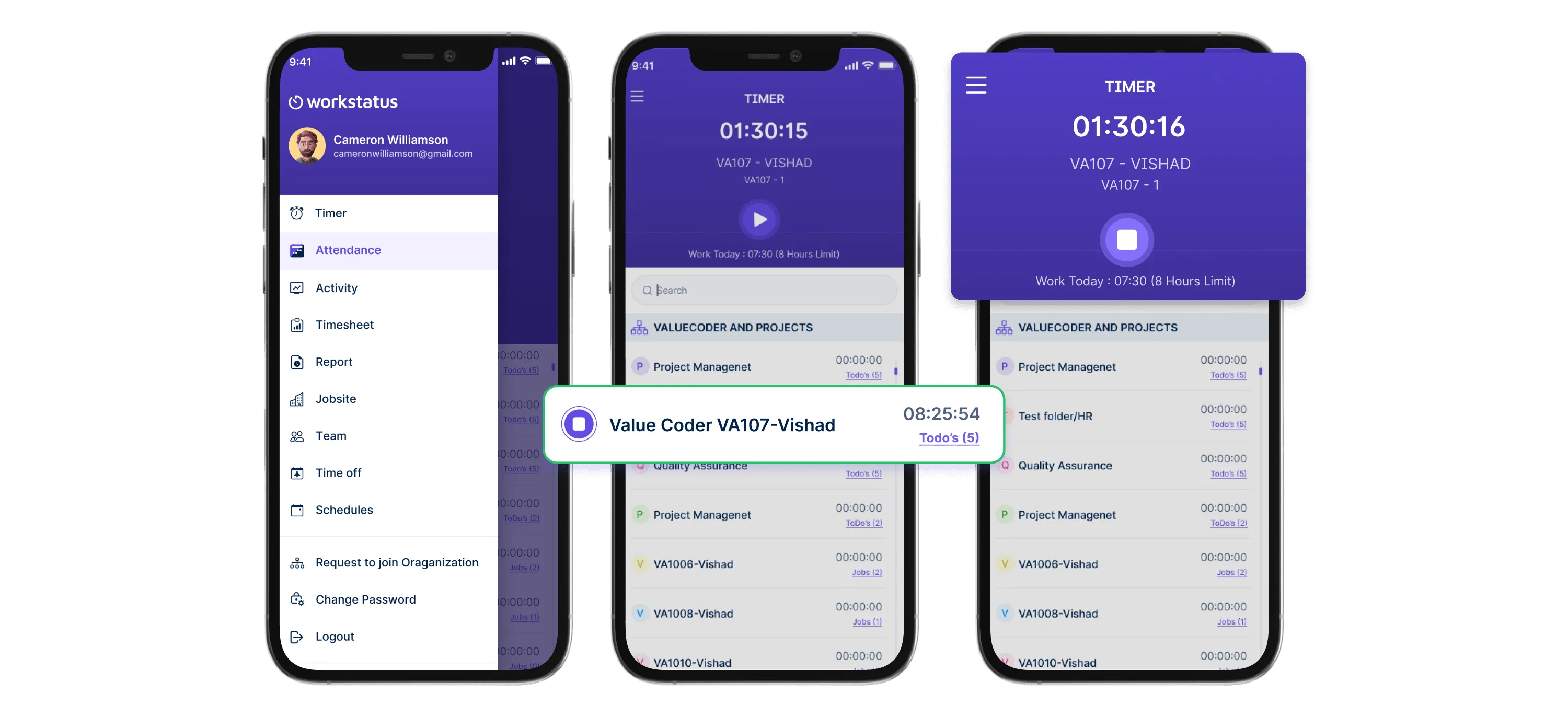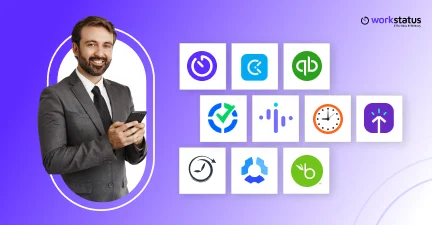Table of Contents
Introduction
In 1913, the concept of tracking hours in a professional setting took a significant leap forward, thanks to Reginald Heber Smith, a lawyer with a vision for greater organization.
To enhance efficiency and accessibility in his law firm, Smith introduced the practice of recording hours worked on cases, a method that later became known as “billable hours.”
This innovative approach transformed the legal industry and impacted various professionals, from independent contractors to freelancers.
As we delve deeper into this blog, we’ll explore the journey from the early days of paper-based timesheets to the modern digital era, uncovering the evolution of employee timesheet management in modern workplaces.
Paper Based Method: Employee Attendance Sheet
An employee attendance sheet is a paper that keeps a record of when employees come to work, when they don’t, if they’re sick, or if they take time off. It’s important for things like paying employees and making work schedules.
Sometimes called an attendance tracker, attendance sheets help keep track of how many hours employees work.
This attendance system is like the one schools use to keep track of students.
Some of the things usually on an attendance tracker template are:
- Employee’s name
- Their personal info, like where they live, their phone number, and their employee number
- If they were at work or not
- What time they started and finished working
- Why they weren’t at work or were late
To save time, you can use a free attendance sheet template that you can print out and change to fit what you need.
The attendance sheet templates have everything you need to keep track of when your team members are present and how many hours they work.
You can get them for free and print them out as PDFs or use them as Excel spreadsheets.
All you have to do is download them and start using them today!
Now, let’s see various types of attendance sheets:
1. Daily Employee Attendance Sheet
The daily employee attendance sheet is a record of who comes to work each day.
It helps managers or employers to keep track of their employees’ daily attendance and punctuality.
This sheet is updated every day to reflect who was present, absent, or on leave, making it easy to monitor daily workforce availability and performance.
Download:
2. Weekly Employee Attendance Sheet
A weekly employee attendance sheet is a document that tracks employees‘ attendance throughout the week.
It helps in assessing the regularity and reliability of employees’ work attendance over a seven-day period.
This sheet allows employers to identify any attendance patterns or issues, ensuring that employees adhere to their weekly work schedules and fulfill their required working hours.
Download:
3. Monthly employee attendance sheet
A monthly employee attendance sheet is a comprehensive record of employee attendance for an entire month.
It serves as a consolidated overview of employees’ presence, absence, and any instances of tardiness or leave taken during the month.
This sheet enables employers to evaluate the overall attendance trends of individual employees and assess their commitment and adherence to monthly work requirements.
Download:
4. Bi-weekly timesheet
A bi-weekly timesheet is a record of the hours worked by an employee over a two-week period.
It helps in tracking the total hours worked by an employee every two weeks, aiding in accurate payroll calculations.
This timesheet typically includes details such as the employee’s name, hours worked each day, any overtime hours, and total hours worked in the two-week period.
Download:
5. Project timesheet
A project timesheet is a document that records the amount of time spent by each employee on specific tasks within a project.
It helps in monitoring the time allocated to different project activities, facilitating effective project management and resource allocation.
This timesheet usually includes details such as the employee’s name, the project name, the task worked on, the time spent on each task, and any additional notes or comments related to the project’s progress.
Download:
Introduction to Spreadsheets for Time Tracking
![]()
With the introduction of the world’s first spreadsheet program, VisiCalc, by Dan Bricklin and Bob Frankston in 1979, the landscape of time tracking and data management began to transform dramatically.
- VisiCalc’s Impact: VisiCalc, short for “visible calculator,” quickly gained immense popularity, particularly among small businesses and consumers. It was pivotal when computers transitioned from mere tools to powerful business assets.
- Efficiency Redefined: Spreadsheets like VisiCalc revolutionized the labor-intensive task of bookkeeping, reducing hours of manual calculations to just a few minutes of data entry.
This newfound efficiency extended to tracking working hours, streamlining the payroll process.
- Excel Emerges: Following VisiCalc’s footsteps, Microsoft introduced Excel in the 1980s, further solidifying the spreadsheet’s role in modern business. Excel’s user-friendly interface and robust features made it an instant hit.
This led to the widespread adoption of digital timesheet management, eliminating the need for traditional paper-based systems.
However, manually recording and calculating these spreadsheets remained tedious and time-consuming.
Challenges of Manually Filing Spreadsheets
Human Error
Manually entering data often leads to typos, miscalculations, and misplaced information.
Data Security
Physical spreadsheets were vulnerable to loss, damage, or unauthorized access, risking sensitive employee information.
Inefficiency
The manual process was time-consuming, requiring significant effort to compile and analyze data.
Security Risks
Storing sensitive employee data on local computers posed security risks, with the potential for data loss or breaches.
Lack of Automation
Manual filing lacked automation features, making calculating total overtime and accurately tracking complex work hours tedious.
The Transition To Electronic Time Clocks
As companies grappled with the challenges of manual spreadsheet filing, a significant breakthrough emerged during the 1970s and 1980s with the adoption of electronic time clocks. These innovative devices include:
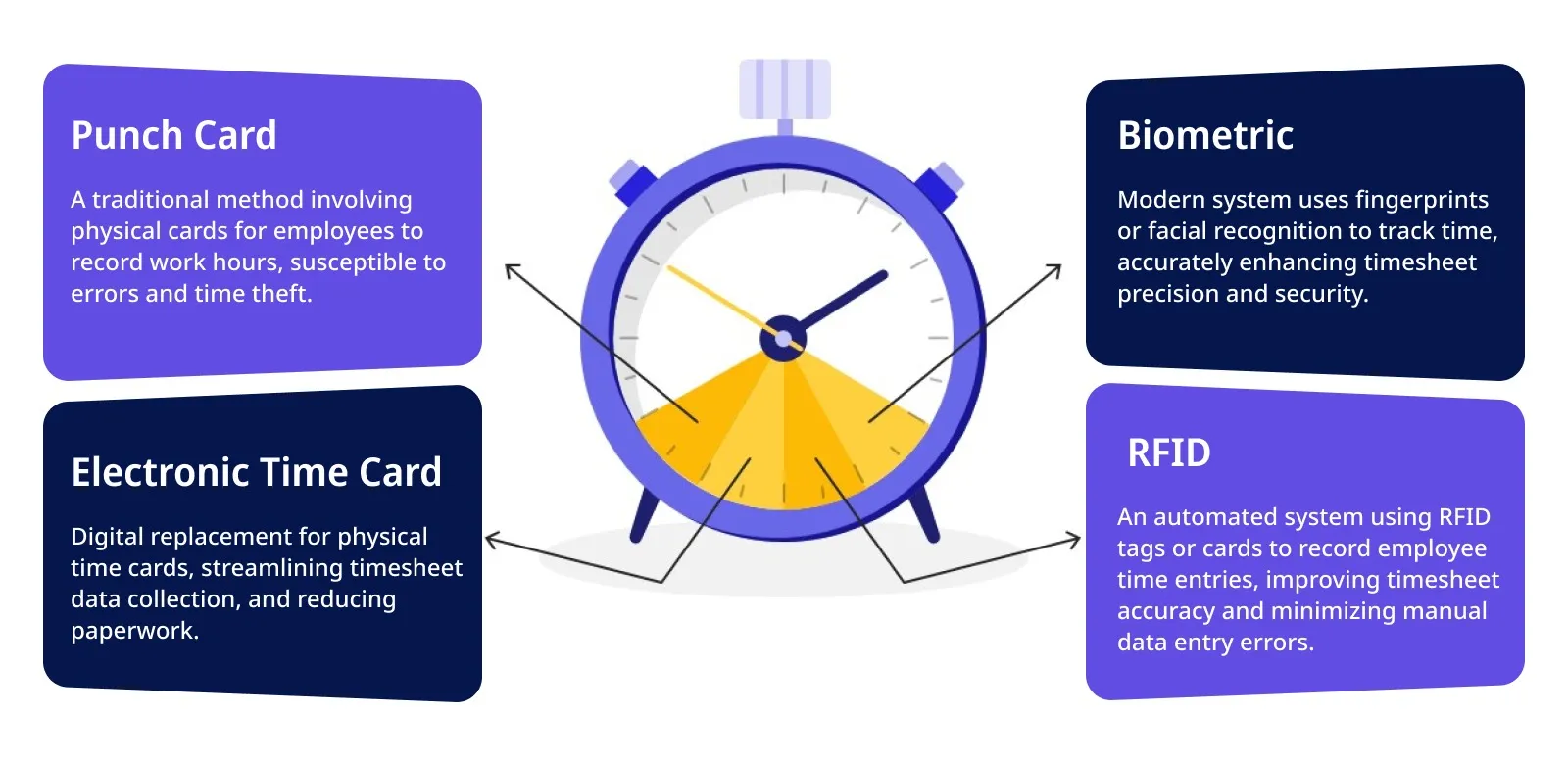
The Shift To Web-Based Time Tracking Solution
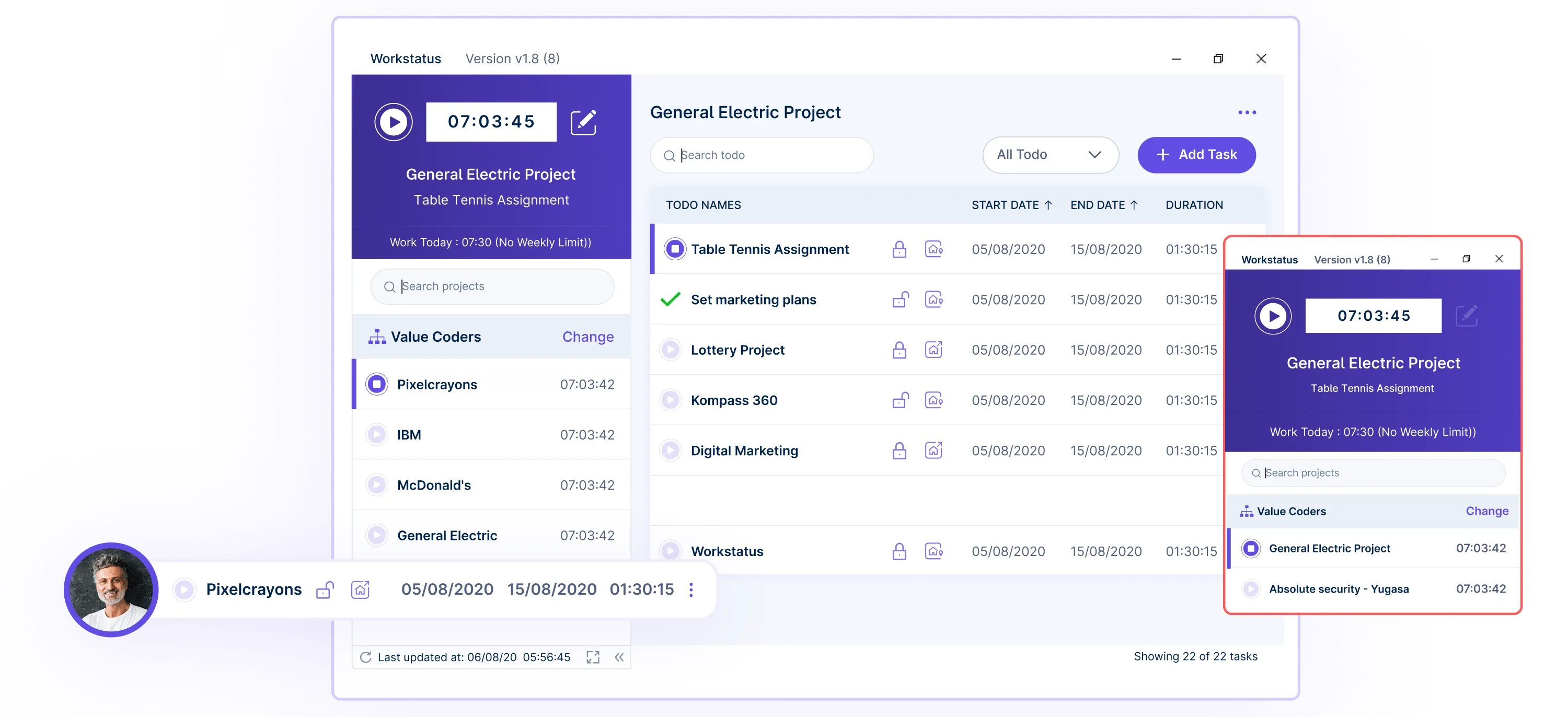
The early 2000s saw a shift towards web-based time-tracking software, bringing time management to a whole new efficiency level.
No longer limited to a physical device or location, employees can now access and record their working hours from anywhere with an internet connection, and employers can easily view and manage the data in real time.
This Web-Based Time Tracking Solution includes:
1. Automatic Time Tracker:
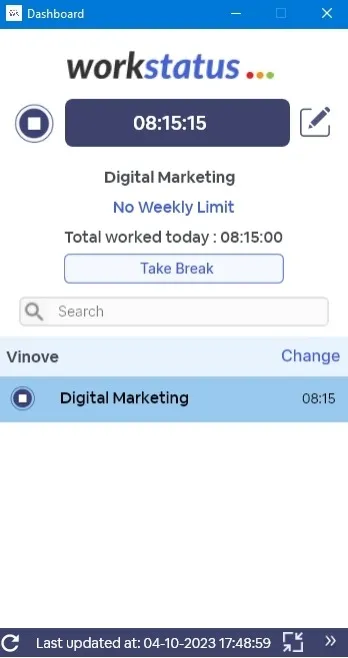
Businesses can use time tracker to record employee work hours with a timer automatically.
It eliminates the need for manual time tracking and minimizes errors, ensuring accurate and effortless timesheet management.
2. Online Timesheets:
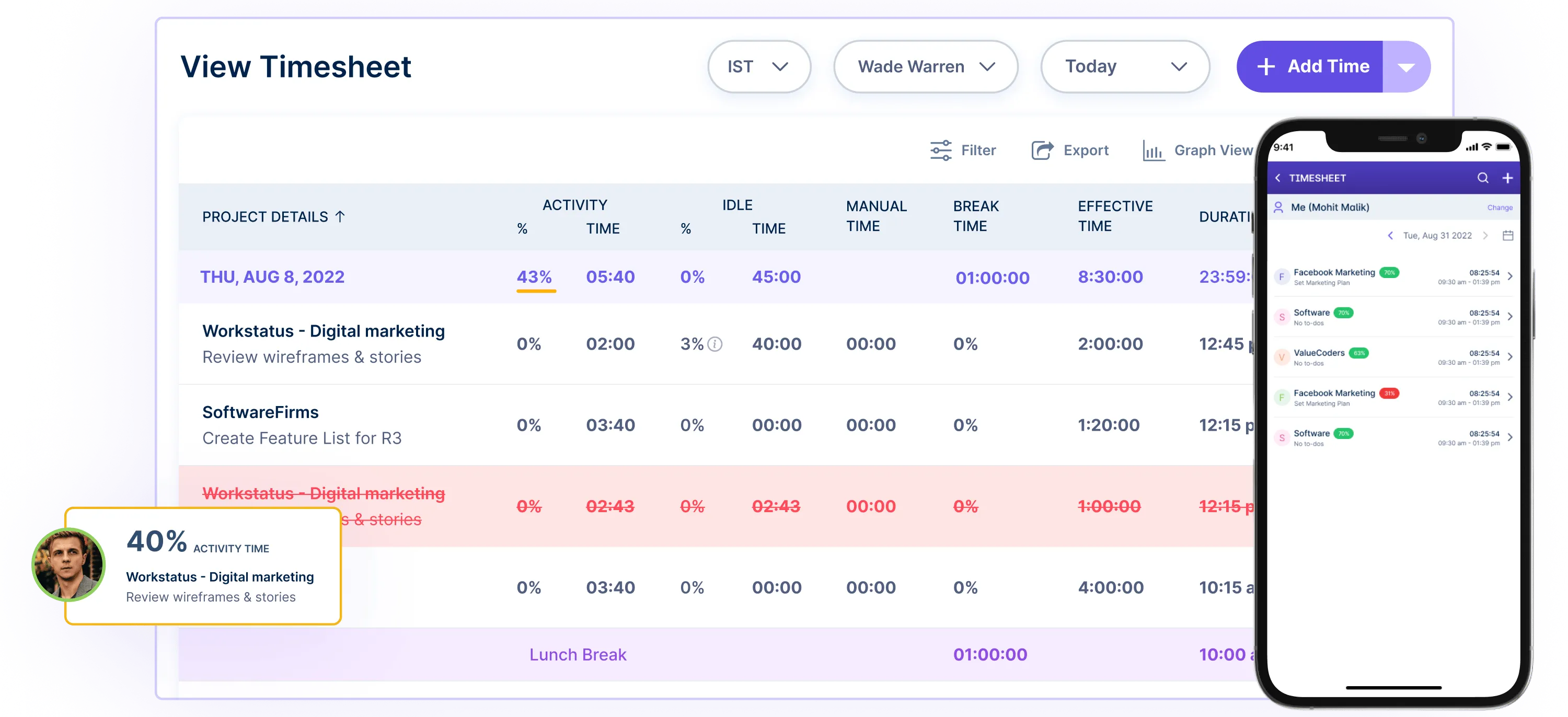
Online timesheets are dynamic documents that automatically populate with recorded work hours.
They can integrate with other systems, such as employee time clocks or biometric scanners, to streamline data entry and reduce the risk of inaccuracies.
3. Geofence Time Tracking:
Geofencing establishes virtual boundaries around designated work locations.
Employees can only clock in or out when they are within these boundaries, ensuring accurate location-specific time tracking, which is especially beneficial for remote or field workers.
4. Accurate Time Reporting:
This feature generates comprehensive reports on employee work hours and attendance.
It provides managers with insights into workforce productivity, simplifies payroll processing, and aids in compliance with labor laws and regulations.
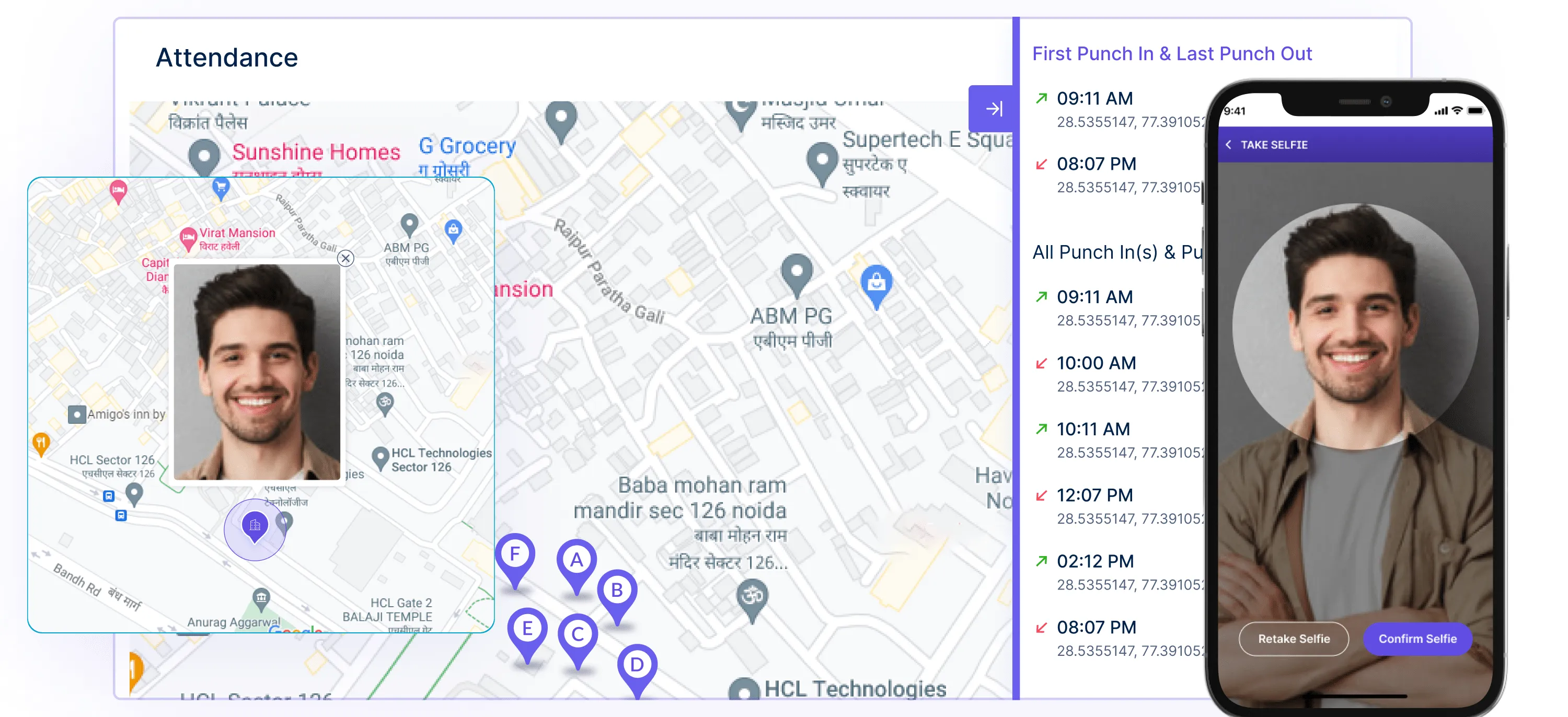
This feature generates comprehensive reports on employee work hours and attendance.
It provides managers with insights into workforce productivity, simplifies payroll processing, and aids in compliance with labor laws and regulations.
5. Cloud Data Protection:
Time-tracking data is securely stored in the cloud, safeguarding against loss, theft, or damage. Cloud storage ensures data integrity and accessibility from anywhere with an internet connection, enhancing data security and recovery capabilities.
6. Idle Time Detection:
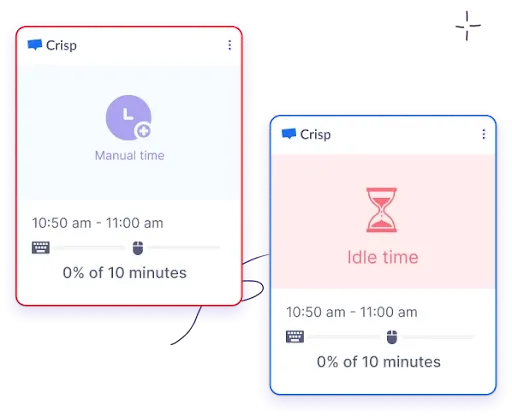
By recognizing periods of inactivity during an employee’s work shift, this feature ensures that only productive hours are recorded. It helps organizations identify opportunities to improve workforce efficiency and productivity.
7. Overtime Tracker:
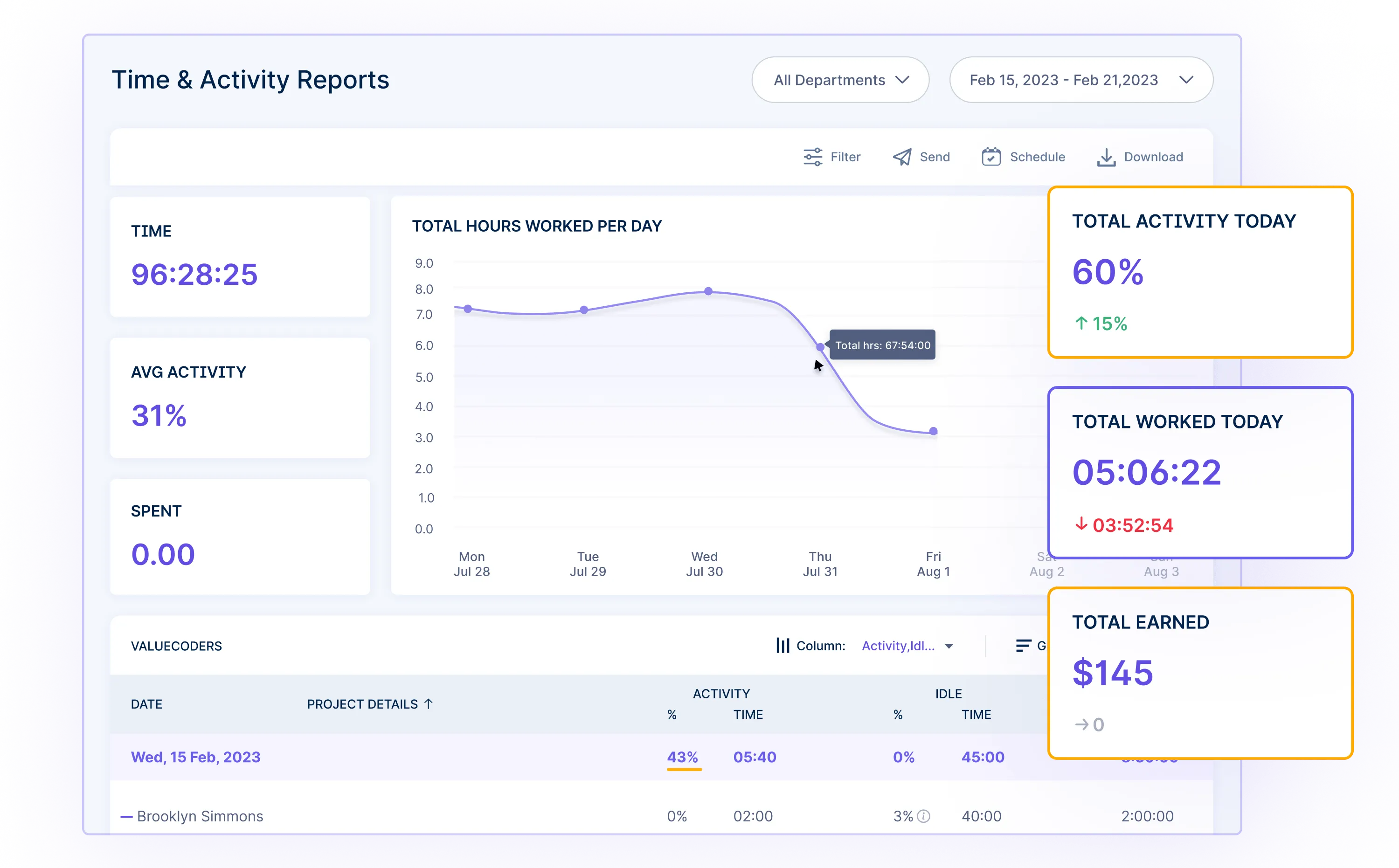
Overtime tracking helps organizations manage labor costs by accurately monitoring and calculating overtime hours. This is crucial for compliance with labor regulations and optimizing labor resource allocation.
8. Mobile and Desktop Access:
Web-based time-tracking solutions offer access flexibility via mobile devices and desktop computers.
Employees can clock in or out, review timesheets, and make adjustments conveniently, while employers can monitor and manage time-related data in real time, regardless of their location or device.
With such advanced features, web-based time tracking solutions have become the preferred method for employee time sheet management in modern workplaces, with growth to USD 1,746.59 Billion by 2028, with a remarkable CAGR of 22.36%.
However, when choosing the best time-tracking solution, businesses must choose a system with the most appropriate features to simplify and optimize employee time sheet management.
Workstatus: Your Premier Time Tracking Solution
 In the dynamic world of time tracking and employee management, Workstatus stands out as a top-tier solution designed to meet the diverse needs of modern businesses.
In the dynamic world of time tracking and employee management, Workstatus stands out as a top-tier solution designed to meet the diverse needs of modern businesses.
With a commitment to excellence and a focus on simplifying workforce management, Workstatus has emerged as the best go-to time-tracking solution for organizations of all sizes.
Why Choose Workstatus?
a. Seamless Integration:
Workstatus integrates with your existing payroll and HR software systems to provide a cohesive solution that simplifies administrative tasks.
b. Accessibility Anywhere:
In an era where remote work and flexibility are paramount, Workstatus empowers your employees to log their hours from anywhere with internet access.
c. Real-Time Insights:
Gain real-time visibility into your workforce’s activities and productivity, enabling informed decision-making and resource allocation.
d. Customization:
Tailor Workstatus to your organization’s needs, ensuring that your time-tracking processes align perfectly with your business requirements.
e. Security and Compliance:
Our advanced security measures safeguard your sensitive employee data, ensuring compliance with data privacy regulations.
f. Scalability:
Whether you’re a small startup or a large enterprise, Workstatus scales effortlessly to accommodate your growing business.
g. User-Friendly Interface:
With an intuitive and user-friendly interface, Workstatus ensures your employees can easily navigate the system, minimizing training time.
With its comprehensive and customizable approach to employee time sheet management, Workstatus is poised to continue revolutionizing how organizations track and manage their workforce in the digital age.
At the end of this journey, let’s look at the benefits of the Workstatus digital time-tracking solutions. 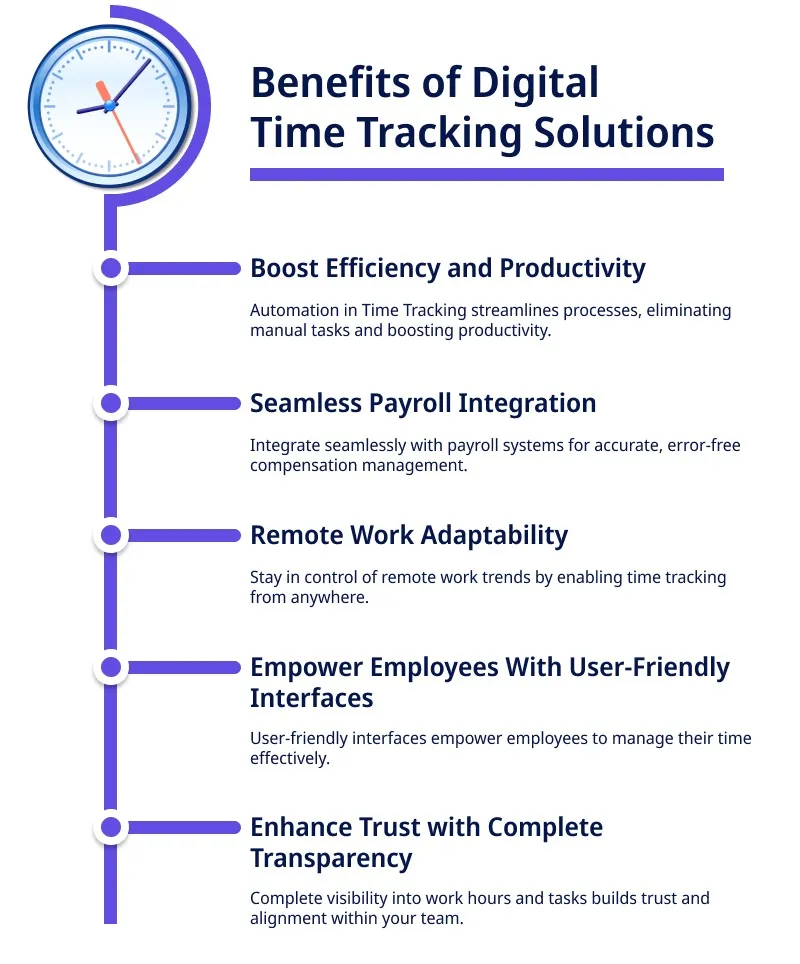
With these benefits in mind, it is clear that the evolution of employee time sheet management from paper to digital has dramatically transformed how businesses operate and manage their workforce.
Conclusion
The journey from paper-based time sheets to the modern digital era has been remarkable, driven by the need for efficiency, accuracy, and accessibility.
From the early days of manual calculations to sophisticated web-based solutions, the evolution of employee time sheet management has revolutionized various industries and improved business operations.
As technology advances, we can expect further innovations in this field, making employee time sheet management even more seamless and efficient in the coming years.
With Workstatus at the forefront of these developments, businesses can be assured of an optimal solution for all their time-tracking needs.


